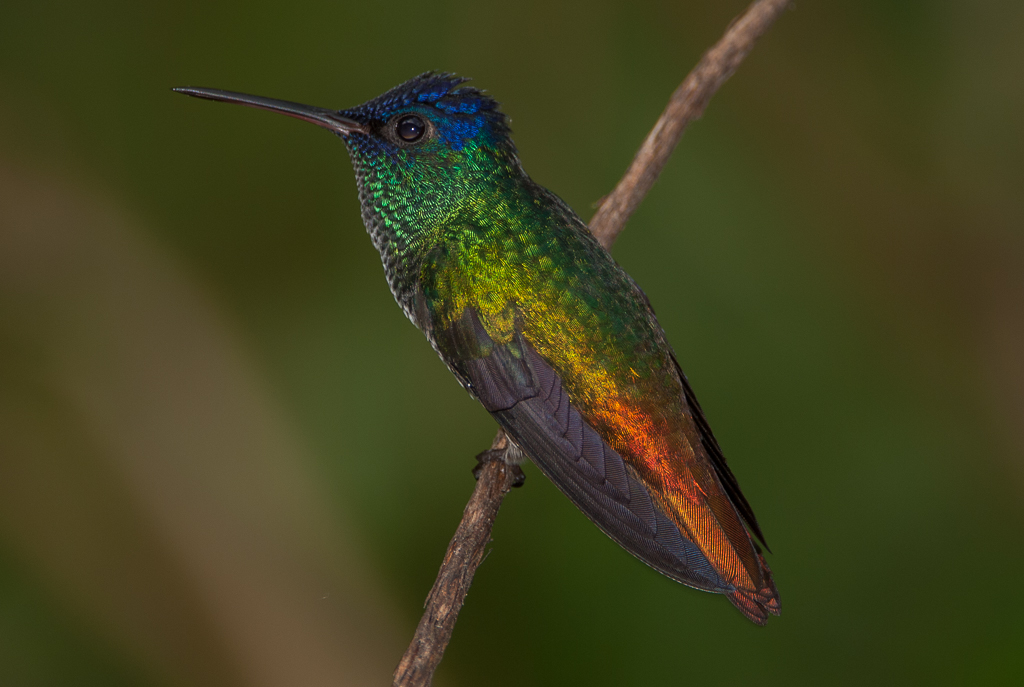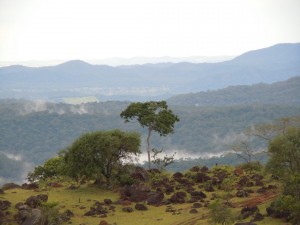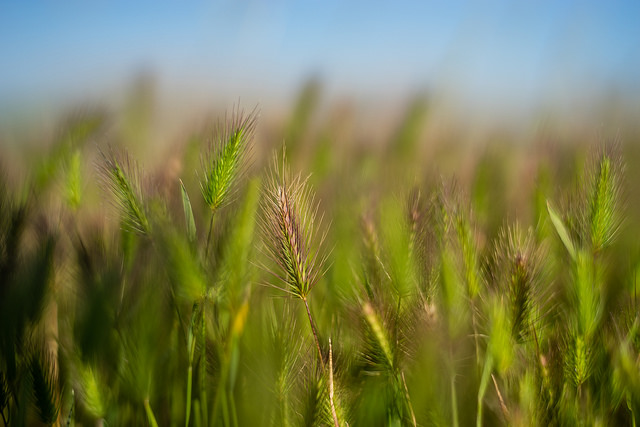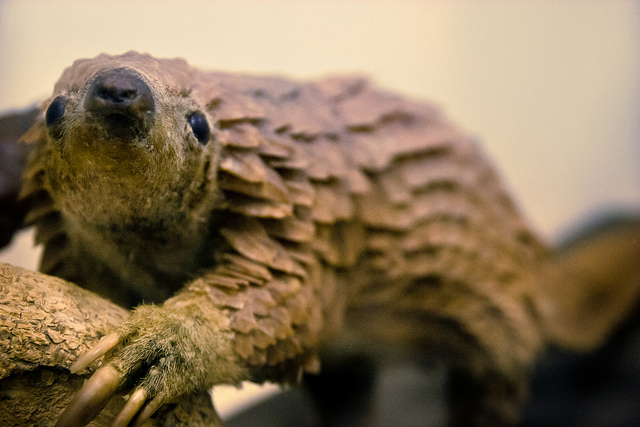WWF: We just halved the world’s vertebrate population

It’s not only the world’s population of
birds that has dropped massively over the last 40 years. Photo: Rob Williams
Humankind needs to rethink its way of living and consuming the world’s resources immediately. That’s the bottom line of the latest Living Planet Index, presented by the World Wildlife Fund today in Berlin. Over just four decades we managed to reduce the size of the world’s populations of fish, birds, mammals, amphibians and reptiles by 52 percent. That’s a lot faster than previously thought, according to the WWF.
The report that is published every two years also says that our demands at the moment are 50 percent above what nature can bear. We cut down too many trees, use too much fresh water and emit carbon dioxide at an unsustainable rate.
The biggest declines of vertebrate wildlife was found in tropical regions, especially Latin America, the report finds. The dramatic numbers result from a change in the available information that went into the report. Two years ago the WWF talked about a decline of 28 percent in the time period from the 1970s until 2008, because the report relied on readily available information mostly from North America and Europe. Today the Living Planet Index is based on trends from around the world in a total of 10,380 populations of 3,038 mammal, bird, reptile, amphibian and fish species.
The main reasons for the massive decline are clear, states the report: the loss of natural habitats, overexploitation through hunting or fishing and climate change.
However, WWF International Director General Marco Lambertini strikes a hopeful note: it’s not too late to “develop sustainably and create a future where people can live and prosper in harmony with nature.”
Deforestation in Brazil jumps about 29% – our #numberoftheweek

Brazilian Rainforest, credit: DW/Michael Wetzel
On Wednesday, the Brazilian government released statistics showing that the destruction of the world’s largest rainforest jumped 29% last year. According to satellite data, 5,891 sq km of forest disappeared in the 12 months leading up to the end of July 2013. That is the equivalent of the size of the country of Puerto Rico.
One reason for the rebound in the deforestation rates is illegal logging, but also big infrastructure projects in the Amazon, such as roads and hydroelectric dams. The not-so-bad news here is that the 2013 figure is still the second-lowest annual loss recorded by the Brazilian government since it began tracking deforestation in 2004. Back then almost 30,000 sq km of forest was lost.
The below graph shows the deforestation rate from 2004 until today, provided by the Instituto Nacional de Pesquisas Espaciais (INPE). On this page you will also find more detailed information in the organization’s report, but it helps a lot if you understand português do Brasil.
Why we need the wild relatives (CWR) of our main crops
CWR is one of the abbreviations that are as unknown as they are important for the entire human race. It stands for Crop Wild Relatives and summarizes the wild, non-cultivated versions of our common food crops – wheat, sugar cane or peaches – to name just a few. Why are those wild versions important? Today’s cultivated varieties usually only produce fruit in certain environments, or under certain conditions – they would not be successful in the same way somewhere else.
However, wild crop varieties grow naturally under a much wider range of environmental conditions, and are still closely related to today’s crops. With the help of these varieties, farmers, scientists and others interested in crops are able to develop even more resistant and adaptable food sources (which is especially important in times of climate change and an explosively growing world population).
Having the examples mentioned above in mind, we find Aegilops tauschii, a relative of wheat that is resistant to the Hessian fly, a pest of cereal crops. We also see Saccharum arundinaceum, a relative of sugar cane that has the ability to survive very low temperatures. Or we see Prunus ferganensis, a wild version of peach, that is more tolerant to drought. Losing these wild varieties would mean losing the opportunity to breed resistant, stronger or more tolerant crops, if needed in the future (Source: BBC).
To raise awareness of this fact, scientists have just released the most complete database of wild crops to date. This database includes 173 crops and their 1,667 main wild relatives, along with their traits and location. The aim of this Atlas is to provide information on distribution and to collect priorities for the wild relatives of important crops. Exploring the map shows that many of the CWRs are growing in actual conflict zones in the Middle East, the cradle of all modern agriculture. And that adds a different, but not be underestimated, factor to today’s conflict situation.
462 birds – our #numberoftheweek

Bird in the Sun (Photo: CC BY 2.0, Misty via flickr.com: http://bit.ly/1zaWbqD)
Now it’s time for some good news, our soaring #numberoftheweek: The world could contain 462 more bird species than previously thought. 462! That’s really something!
But how can it be that such a large number of bird species had remained undiscovered until now? Did the birds hide somewhere? In large trees? Underground? No, of course not. The discovery follows one of the most comprehensive analyses of today’s known bird species.
As a result, hundreds of birds that had been regarded as sub-species were in fact thought to be different enough to be considered separate species. (via The Independent)
Eating our way through endangered species
Jennifer Seitz ponders humans’ seemingly insatiable appetite for exotic and wild meat – one that’s driving critically endangered species like the pangolin to the brink of extinction.
Man is the world’s most insatiable and efficient predator. His highly developed intelligence and the use of weapons and arms gives him the opportunity to kill opponents who normally would be much superior in the wild.
Furthermore, humans are ‘super-predators’ because they don’t just decide for one predator-prey system, but decide to get for all animals they feel threatened by. Although humans have managed to domesticate a lot of animals like cows, pigs and poultry they’re not satisfied with it. Nope. They also love to eat exotic animals. And they’re doing it in such a frenzied way that these animals are nearly extinct. That’s what happened to pangolins. Their meat is so highly coveted in China and Vietnam, that all eight pangolin species were upgraded on the IUCN Red List of Threatened Species. They’re critically endangered and the most illegally-traded mammals in the world – a sad record.
And because pangolins in Asia are becoming scarce, a booming pangolin trade in Africa has developed. Even there, the little scaly anteaters with their sticky tongues aren’t safe anymore.
But hey humans, don’t worry. When the pangolins have disappeared, there are still enough other endangered species which can be eaten to extinction.
More information can be found here.










Feedback